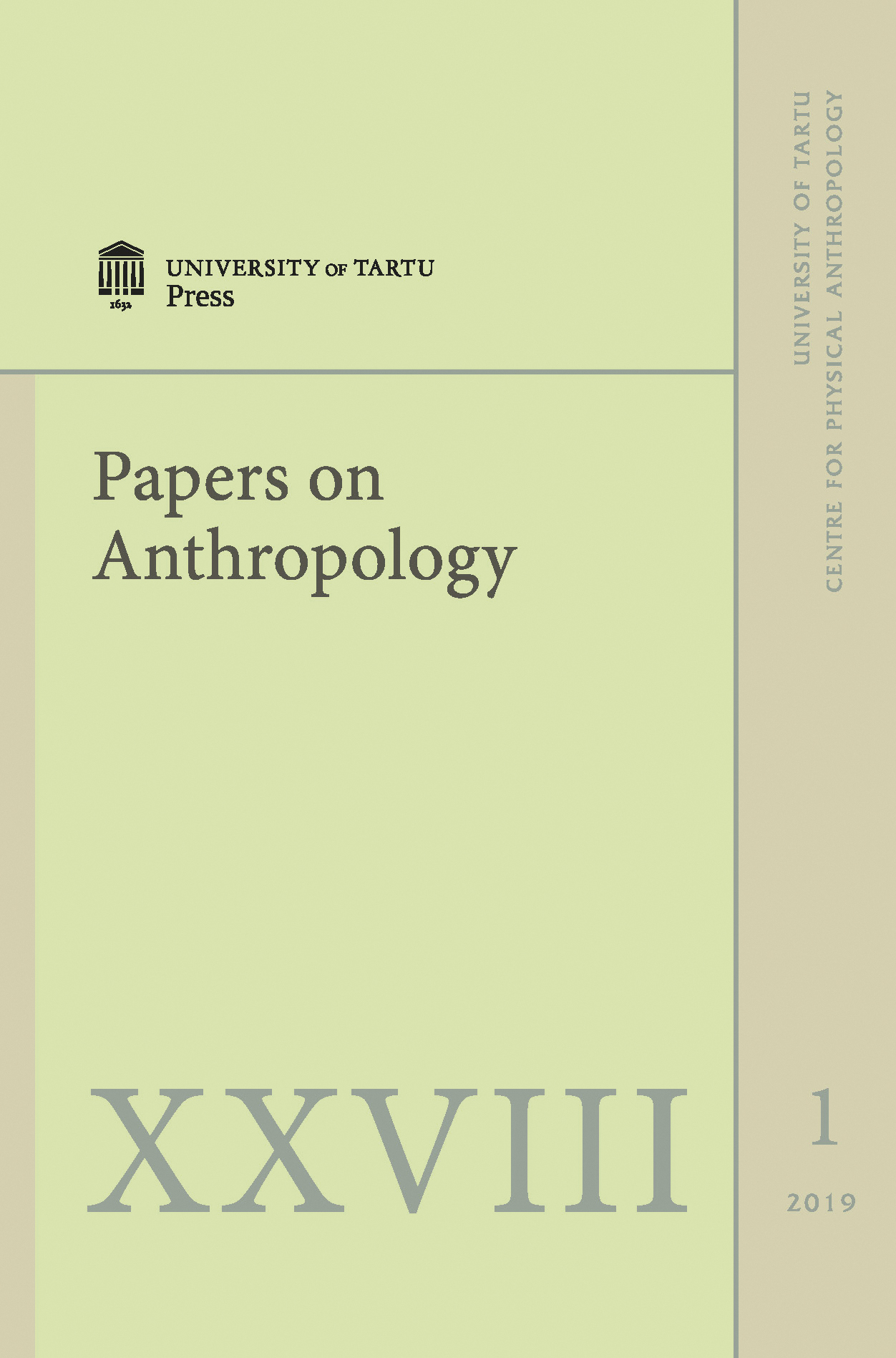Characterization of morphology in healthy, traumatized and aged knee meniscus of different species: A pilot study
DOI:
https://doi.org/10.12697/poa.2019.28.1.08Keywords:
Meniscus, human, deer, morphology, degenerative, healthyAbstract
Meniscus is a fibrocartilaginous anatomical structure that realizes complicated biomechanical functions in the knee joint. However, no comparative morphology studies have been done on different species and conditions regarding the meniscus. Thus, the aim of our pilot study was to compare the morphology of traumatized and aged human and healthy deer meniscus to reveal the tissue ground, growth, degeneration, cell death and inflammation factors.
The study included surgery materials from one deer and two humans. Biotin-streptavidin immunohistochemistry was performed for detection of tissue TGFβ1, MMP2, MMP9, collagen I, caspase, Il-1, Il-6, Il-10. The results were evaluated semiquantitatively. An abundant number of Collagen I positive cells were detected in the disordered human meniscus but not in the deer one. TGFβ1 was seen in numerous to abundant number of cells in all the three cases. MMPs and caspase were distributed with numerous to abundant cells in both human and deer meniscus. Numerous to abundant cells of traumatized and aged human menisci showed IL-1 and IL-6, while the deer meniscus demonstrated cytokine expression in a moderate number of cells only in limited zones. The traumatized human meniscus possessed an abundant number of IL-10 positive cells, while the deer and the aged human meniscus showed mainly a moderate number of IL-10 cells with some elevation of cytokine in superficial and deepest layers of the meniscus.

